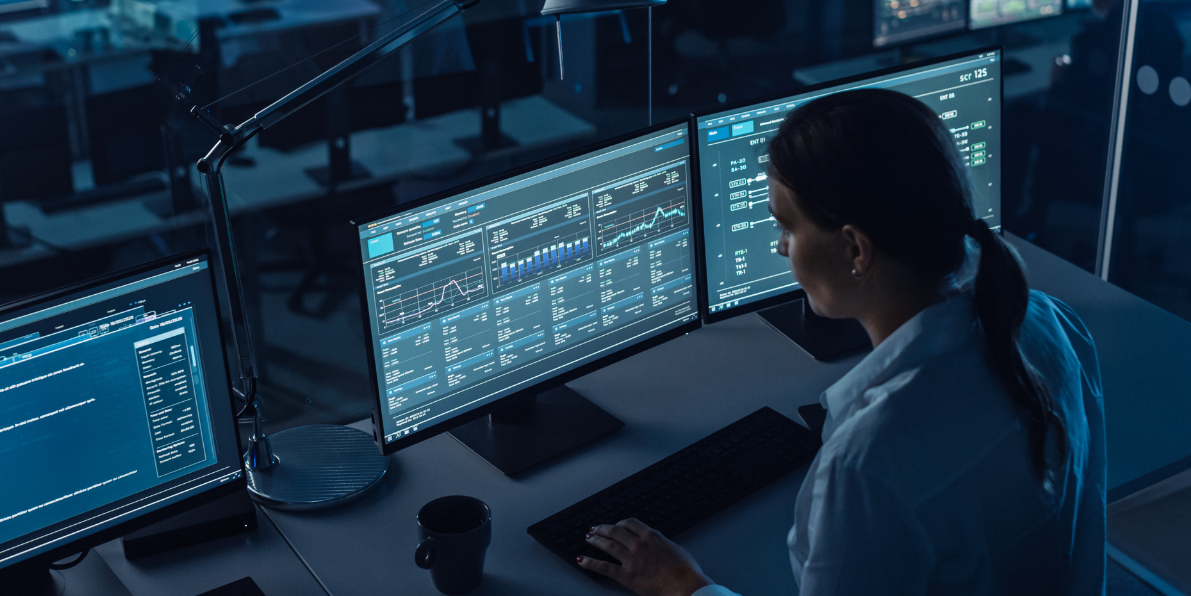How we support our customers | Managed IT services UK
We support organisations by bringing together the core building blocks of modern IT - secure, resilient networking; flexible cloud and data platforms; and collaboration tools that help people work from anywhere. As the UK’s most trusted managed service and security provider, we combine a broad portfolio across connectivity, cloud, communications and cyber security with deep technical expertise to design solutions that fit each customer’s goals, not a one-size-fits-all template. From connecting people and places to applications and data, to optimising Microsoft services and costs, enabling AI-driven productivity, and protecting environments with proactive security and incident response, We help customers stay secure, agile and focused - while building the operational resilience needed to anticipate, respond to, and recover from disruption. Watch this video to find out more Transcript: 0:05 Wavenet is the UK's most trusted managed service and security provider with a broad portfolio in connectivity, cloud, communications and cybersecurity. 0:15 We employ 1700 brilliant people with over 950 of those being highly skilled technologists. 0:22 So how do we use our broad portfolio, market leading partnerships and deep technical expertise to support our customers? 0:30 Intelligent networks are the foundation upon which everything else is built. 0:34 If the network is not robust, secure and scalable then anything that's connected to it will be affected. 0:40 From supplying broadband to designing networks from scratch, we connect people and places to data and applications. 0:46 As an ISP, we know there is no one-size-fits-all when it comes to network connectivity, so we take the time to assess the situation and goals before making a recommendation. 0:56 With the intelligent network in place, we make applications and data accessible. 1:00 These can reside anywhere within the Wavenet cloud, whether that be public, private, community or SAS based services unique to the market on demand. 1:09 Azure provides you with access to technical change and run squads for transformation, engineering and support, aligned with your own initiatives and priorities and as scalable as you need. 1:21 In public services such as Azure and Microsoft 365, financial management is a critical component and we have the tools that can effectively review consumption and make recommendations to streamline costs by effective use of licences, application of Azure services and 365 subscriptions. 1:39 Modern Workplace provides secure access for colleagues to the applications and data they need, regardless of location, whether they're in the office, at home, or working remotely. 1:49 They can access their apps and data from the Wavenet cloud, or they can be delivered as SAS services over the Intelligent network. 1:56 Our Copilot adoption and readiness packages unlock productivity, making your people more efficient. 2:02 Our Desktop as a service offering manages the full life cycle of consumer devices from provision, iMac management, recovery and recycle. 2:10 Bundled with complementary services such as End User Service Desk and Customer Site Tech Desk to support your staff and colleagues, ensuring that they're able to use the technology efficiently. 2:20 Our mobile services offer cost effective connectivity and airtime plans from all the UK's mobile network providers. 2:28 IoT services can be described as modern workplace with cameras, sensors, scanners and other devices providing data and insight over the foundation network. 2:37 Once we have connected users to your business applications and data, we help them communicate and collaborate with colleagues, suppliers and customers. 2:45 We empower sales and contact centre users with generative and agentic AI tools, pulling real time data information from your systems before, during and after customer interactions to deliver outstanding customer experiences. 2:59 We protect your environment with a range of proactive security services including security testing, managed detection and response. 3:06 Seem security awareness training and cyber certifications. 3:10 Providing reassurance in the event of an attack through fast and effective cyber incident response. 3:16 Underpinned by our highly skilled people, modern platforms and ITIL aligned processes. 3:22 Our advisory, monitoring, support and manage services simplify technology management, enhance user experience and control complex environments. 3:31 Helping you stay secure, agile and focused. 3:35 From supporting your in house IT teams to fully outsourced infrastructure and end user support across connectivity, cloud, communications and cybersecurity, we scale our services to support your business needs. 3:48 Wavenet has a long heritage in delivering operational resilience services and business continuity management consultancy. 3:54 With services that have evolved to meet the growing demands of UK organisations and new technology, we deliver the ability to anticipate, prepare for, respond to and recover from disruptive events or challenges that could impact your operations. 4:09 The goal is not just to survive disruptions, but to be able to maintain critical operations and recover quickly when things go wrong. 4:16 This is especially important in a fast-paced, interconnected world where businesses faced increased vulnerabilities. 4:23 As you can see, using our economies of scale, diverse vendor relationships and cutting edge expertise, we empower customers to make their technology work smarter.
Read more
